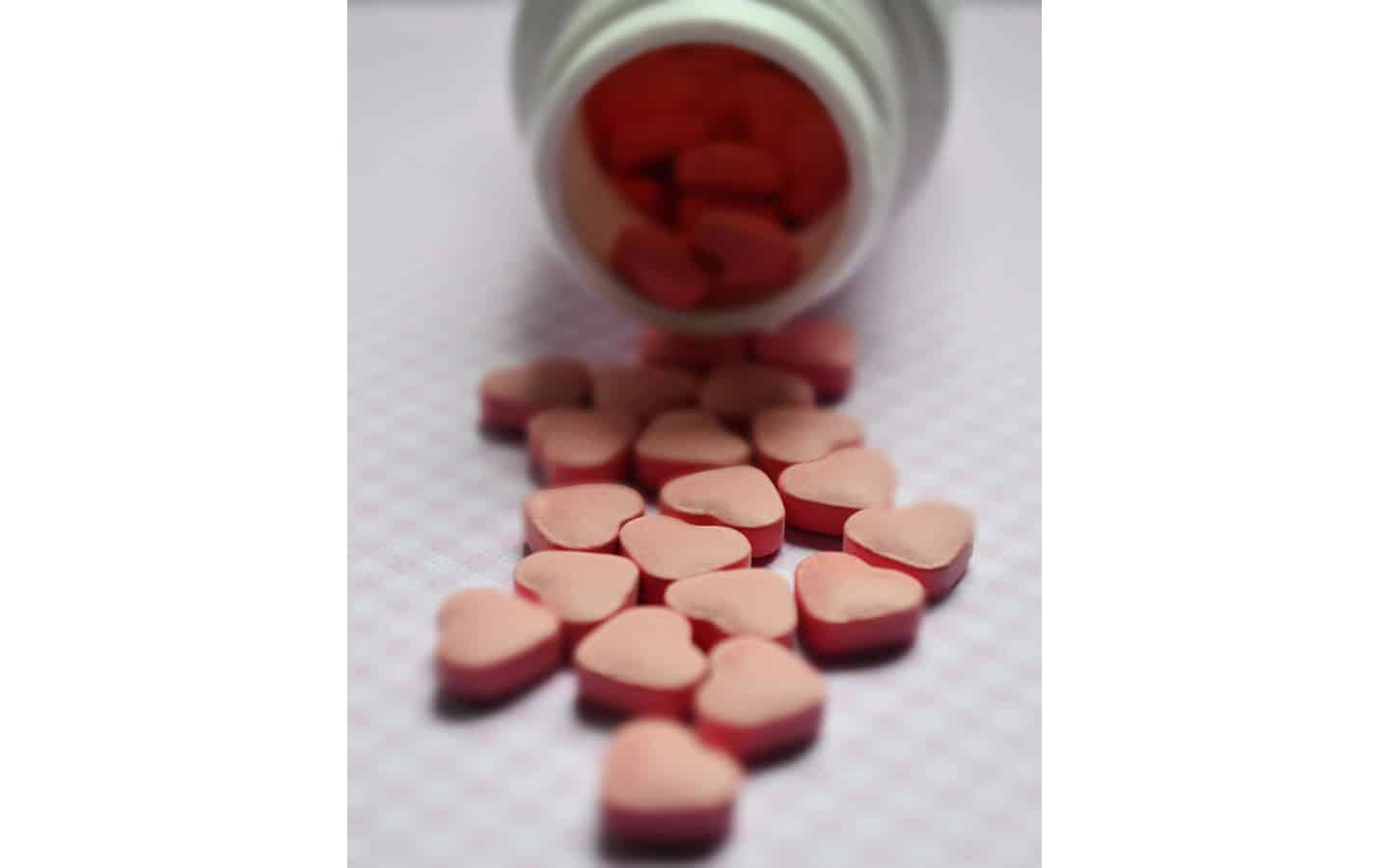
Women’s Health Spotlight: Statins
Cardiovascular Health in Post-menopausal Women and Side Effects of Statins
As a physical therapist, I’ve noticed a recurring pattern: tendinopathies around the hip seem particularly common in postmenopausal women. Many of these women are also taking statin medications. This observation led me to take a closer look at the possible connection—and to share what I discovered through research.
Statins are medications that help lower cholesterol and reduce the risk of heart disease. For many people, they’re lifesavers. But for postmenopausal women, there are a few important considerations—especially when it comes to tendon health and how well statins actually work in this population.
Statins, such as Lipitor or Crestor, are commonly prescribed to lower LDL (“bad”) cholesterol and prevent heart attacks and strokes. They’ve been shown to reduce cardiovascular risk, particularly for people who already have heart disease(1).
Like any medication, statins can have side effects. Most people have heard about the possibility of muscle aches, but fewer know that statins can, in rare cases, affect tendons—the tissues that connect muscle to bone. Some people on statins have experienced trigger finger, shoulder pain, or even tendon inflammation or rupture. Studies in Sweden and Korea have linked statin use to a higher risk of these issues, particularly in the early months of treatment(2,3).
For postmenopausal women, this risk may be even higher due to the effects of hormonal changes on tendon health. After menopause, estrogen levels drop, which leads to reduced collagen production and stiffer, more injury-prone tendons. This means that women may already have an increased risk for tendinopathy—and statins could potentially add to that risk. Research supports this connection, including studies showing that estrogen deficiency impairs collagen synthesis and tendon mechanical strength(4). Additional reviews describe how estrogen helps regulate tendon remodeling and stiffness, and that estrogen deficiency can slow healing and reduce load tolerance(5).
Estrogen also plays a vital cardioprotective role in premenopausal women by promoting favorable lipid profiles, improving endothelial function, and exerting anti-inflammatory effects. These protective mechanisms contribute to the delayed onset of cardiovascular disease (CVD) in women compared to men. However, this advantage diminishes after menopause, when estrogen levels decline significantly(6). The drop in estrogen is associated with adverse changes in lipid metabolism, including an increase in low-density lipoprotein (LDL) cholesterol and a decrease in high-density lipoprotein (HDL) cholesterol, which together elevate the risk for atherosclerosis and other cardiovascular conditions.
Cardiovascular disease remains the leading cause of death for both men and women. However, the incidence and mortality in women tend to occur approximately 7–10 years later than in men, largely due to the protective effects of endogenous estrogen prior to menopause. After menopause, women’s risk of cardiovascular disease increases markedly, approaching or surpassing that of men in older age groups.
Another consideration is whether statins work as effectively in women as they do in men. Statins clearly benefit women who already have heart disease, but when it comes to preventing a first heart event, the evidence for women is less certain(7). A large review of randomized trials in women found that while statins reduced coronary events, they did not significantly reduce overall mortality in women without heart disease(8). On the other hand, more recent meta-analyses show that when women are adequately represented in studies, they experience similar reductions in major vascular events as men(9). However, some studies suggest that women may experience a slightly smaller reduction in LDL cholesterol compared to men when using statins, which may contribute to differences in outcomes(10).
In summary, statins are powerful and effective for many people, but they may not be necessary—or without risk—for everyone. If you’re a postmenopausal woman, it’s important to talk with your doctor about your personal heart risk, report any muscle or tendon pain early, and consider your menopausal status when evaluating treatment options. Alternatives or supplements to statins may include hormone replacement therapy(11) and/or intermittent statin dosing. Shared decision-making is key. With good information and support, you can make the choice that’s best for your heart—and your tendons.
By Deanie Barth

